-
Car Reviews
- All reviews
- Midsize SUVs
- Small cars
- Utes
- Small SUVs
- Large SUVs
- Large cars
- Sports SUVs
- Sports cars
- Vans
Latest reviews
- Car News
-
Car Comparisons
Latest comparisons
- Chasing Deals
The second-generation midsize SUV arrives in Australia in a single variant more focused on catering to traditional Benz buyer tastes
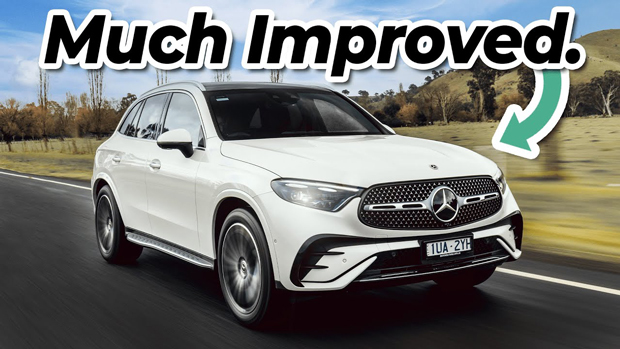
After eight years of faithful and popular service, Mercedes-Benz’s crucial midsize family hauler of choice, the GLC SUV has finally been replaced by a second generation.
It’s slicker, techier and larger, though such evolution will surprise pretty much nobody.
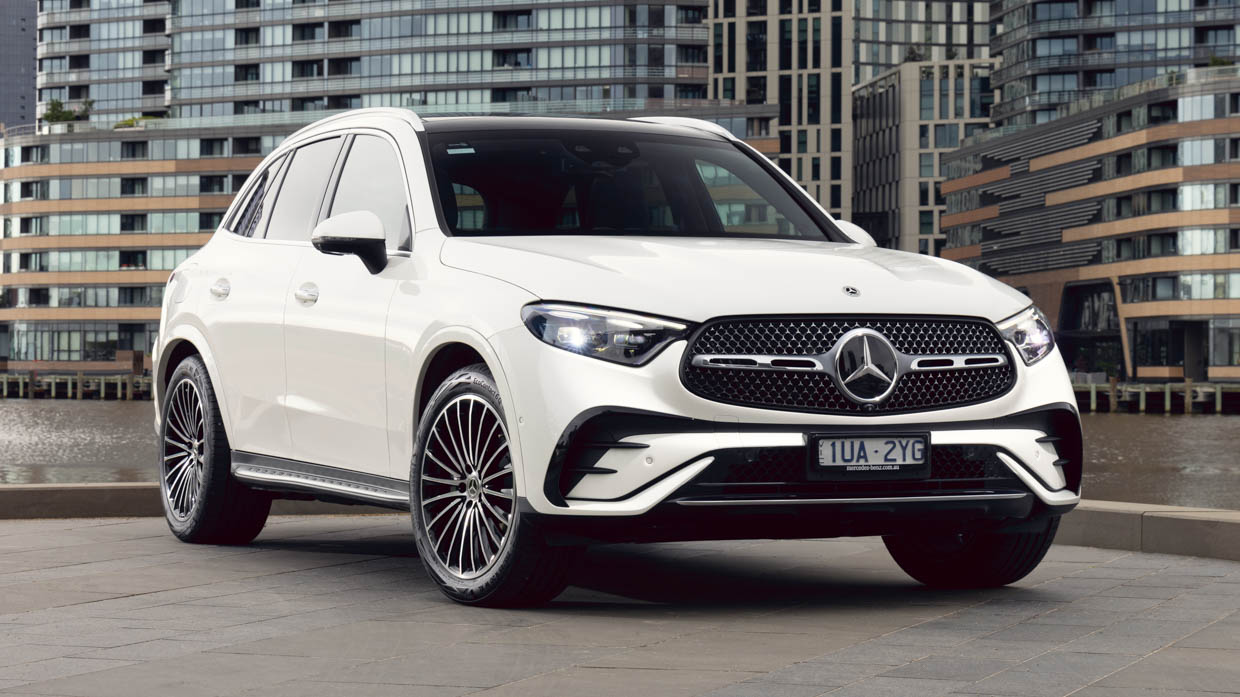
But what’s different about the new GLC is that, for now, there’s just one variant in Australia: the hybrid 300 4Matic.
No base 200 trim. No PHEV. No diesel. Mercedes-Benz Australia has trimmed choice down for its newcomer to no choice at all, at least until the GLC Coupe arrives in Q4 and the yet-to-surface AMG versions eventually rear their performance-focussed heads some time in 2024.
This does make some sense. Gen-one sales figures proved that the vast majority of GLC buyers opted for the old 300 4Matic.
Mercedes-Benz Australia is basically consolidating a ‘range’ into the single option customers want and simplified things further by essentially loading in features existing owners wanted as standard while offering just one option bundle.
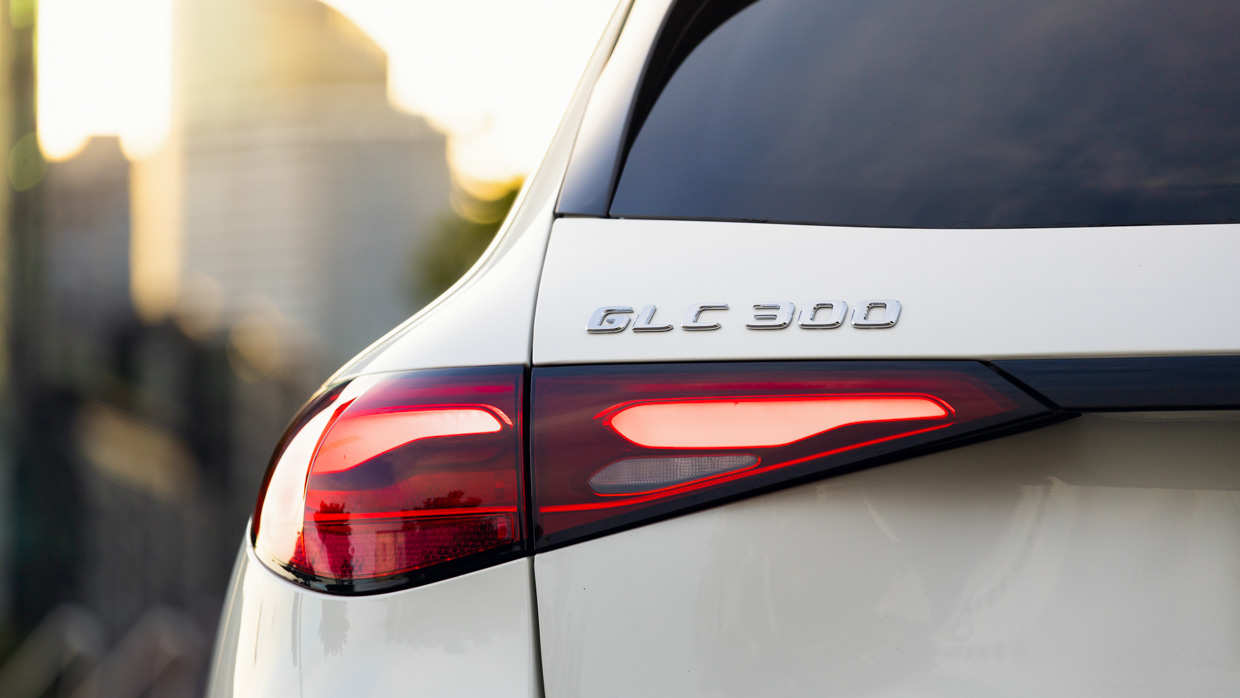
In doing so, the new GLC 300 4Matic targets traditional buyers more sniper-like with what has proven to be what they really want. And in response to lacklustre performance past of 200, diesel and PHEV variants – not just in GLC but also in the midsize C-Class model line-up, too.
The advantage? It’s a win-win for buyers and Mercedes-Benz Australia alike, says the latter, because it’s easier to secure supply of a single variant most of the former want, with fewer unpopular variants clogging the supply chain and showrooms.
Given the old GLC is its maker’s staple volume seller and its 300 4Matic version is its importer’s hot ticket, it’s perhaps not surprising that, in many ways, the new-gen two doesn’t fall far from the first-gen tree.
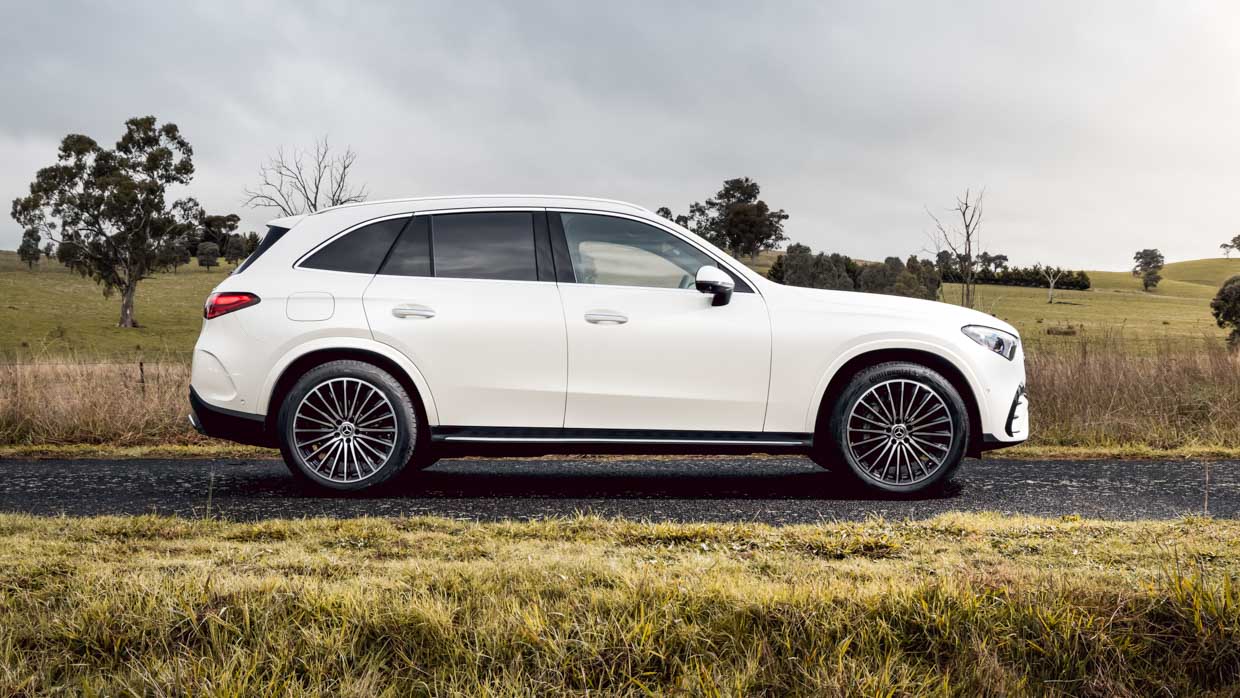
Particularly in styling – mostly outside – and with sizing, which hasn’t grown in any meaningful measure outside of length and boot space.
The new ‘X254’ GLC is 60mm longer than the old version, with 15mm of added wheelbase. At 20 paces, this is the mostly conspicuous change to an otherwise subtle redesign, if one with a significant tweak where rear track (up 23mm) has been broadened more than the front track (up 6mm) that lends more a wedge shape once you add the mixed-width wheel format.
There are other tweaks – a lower roofline, tapered running boards, “light bar” LED tail light motif – but, really, this new GLC is a subtle evolution of a form that wasn’t broken to begin with and one that swooned plenty of newcomers to the Mercedes-Benz fold.
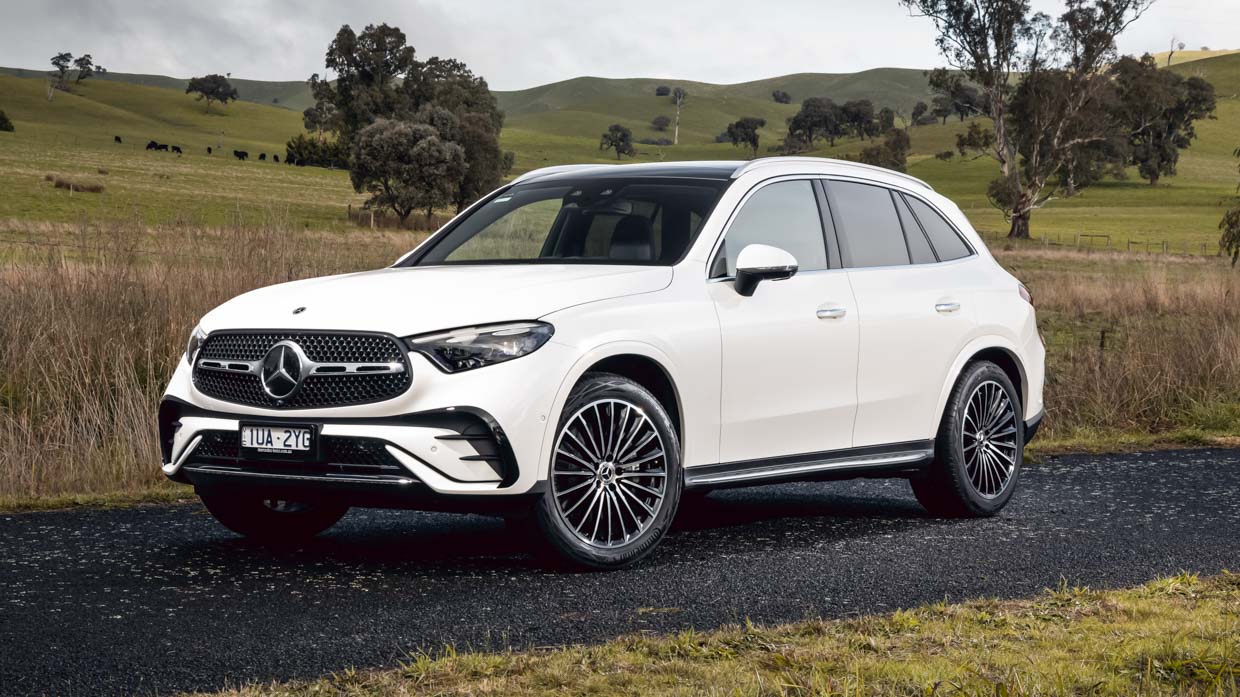
It’s a very different story with the interior – more below – but Mercedes-Benz Australia has embraced local tastes by offering AMG Line styling inside and out, though now at no extra cost.
This extends to the staggered 20-inch AMG wheel design as well though, interestingly, Aussie-spec GLCs sit on the standard-height regular ‘comfort’ suspension rather than lowered ‘sport’ spec. However, the AMG rolling stock inclusion does, as a specification adjustment, integrate upgraded performance-grade front brake hardware.
Primary motivation is a 2.0-litre turbocharged petrol four outputting 190kW and 400Nm, or 30Nm up on the old 300 4Matic. However, it’s paired with a 48-volt so-called ‘mild hybrid’ – or, technically, series hybrid – system with an integrated starter-generator that adds 17kW and 200Nm of “boost”.
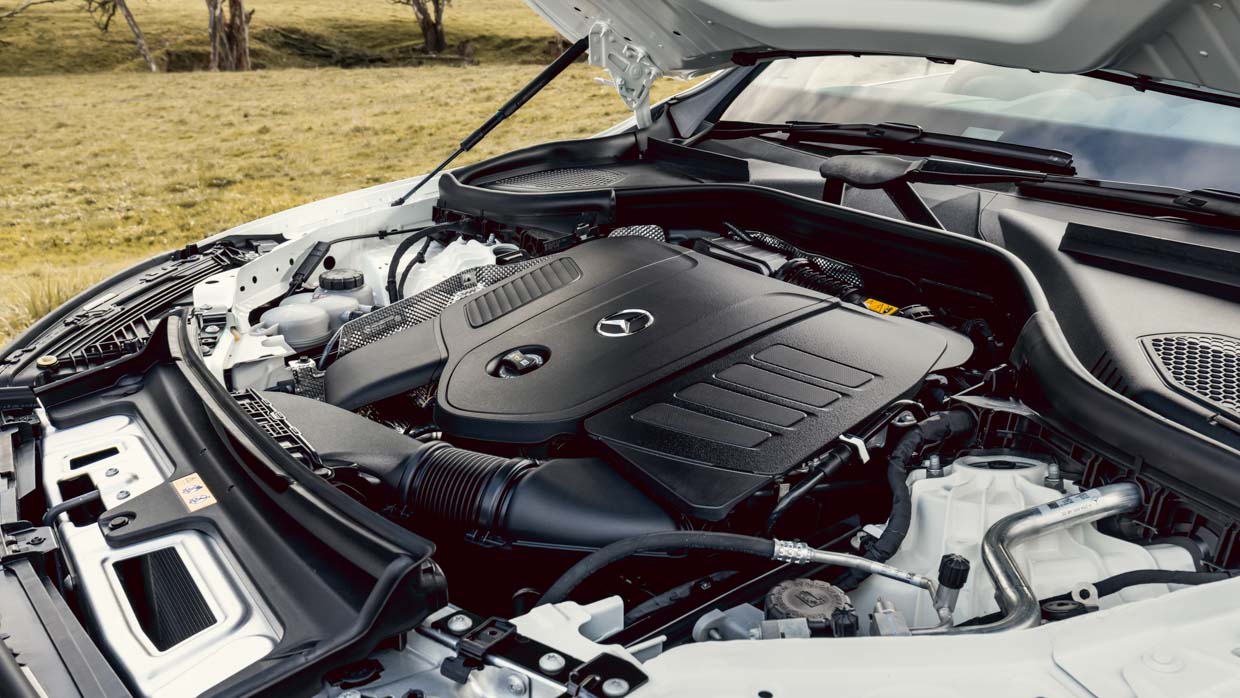
While in most series-parallel hybrid systems the petrol-electric drive interplay is, well, complicated and conditional, Mercedes-Benz strongly intimates that the net gain is 600Nm even if it’s not specifically stated.
Then, to muddy matters, there’s “overboost”, that can supply an extra 20kW for up to 30 seconds under maximum acceleration. Call it 210kW and 600Nm then, even if official literature has power at 207kW.
Transmission of choice is a nine-speed conventional automatic with drive plied through an all-wheel-drive system with a static split of 45 percent front and 55 percent rear. Performance is claimed to be 6.2-second swift, while returning 7.7L/100km combined consumption (NEDC rather than the more accurate WLTP), a half-litre more frugal than the old 300, its maker says.
That’s a pretty handy balance of performance and economy on the GLC 300 4Matic form guide.
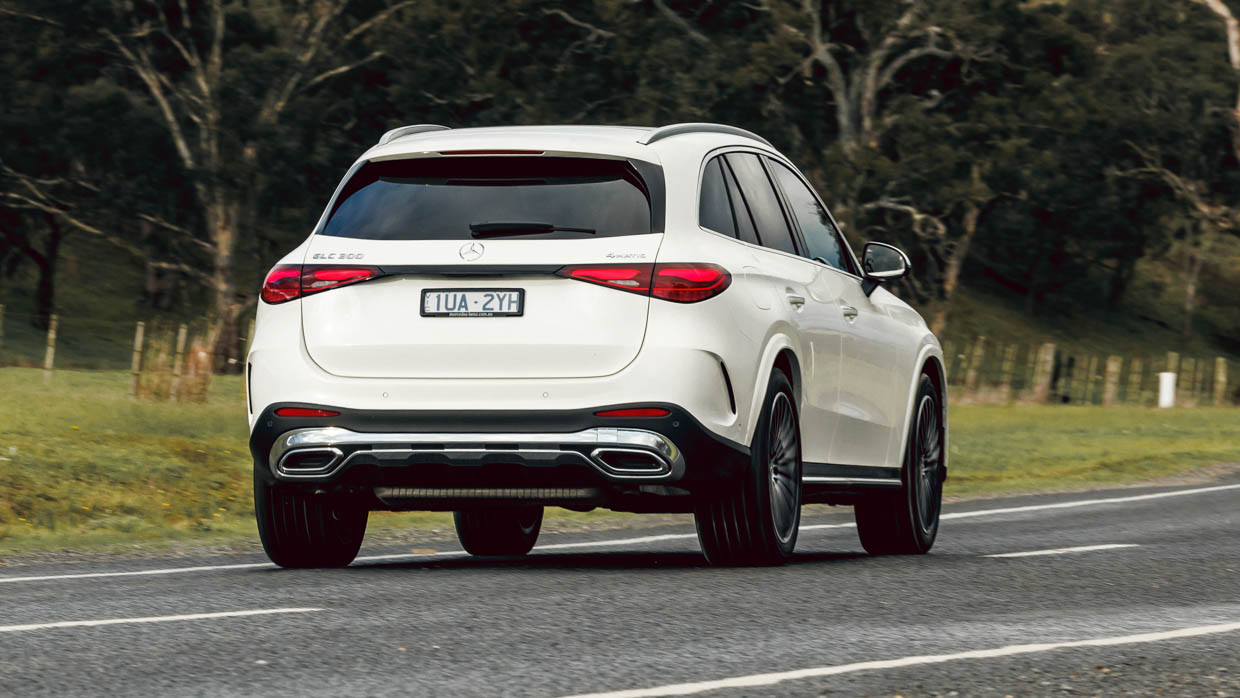
Another key highlight of the new GLC is the migration to the latest MBUX infotainment system paired with an interior makeover largely derived from the current C-Class.
Further, in tailoring a single package in line with existing GLC buyer providence, a whole gamut of features are now loaded in as standard that were once cost optional, which is perhaps reflected in the significant entry price rise to the GLC 300 4Matic grade.
The GLC 300 4Matic lists for $103,370, which is a little down on what Chasing Cars had previously reported ($104,900), an adjustment made in line with recent LCT changes.
That’s a hike of $11,070 over the old GLC 300 4Matic. And a new entry point to GLC some $22,570 above the last-generation 200 trim grade.
The list of features previously optional but now standard include:
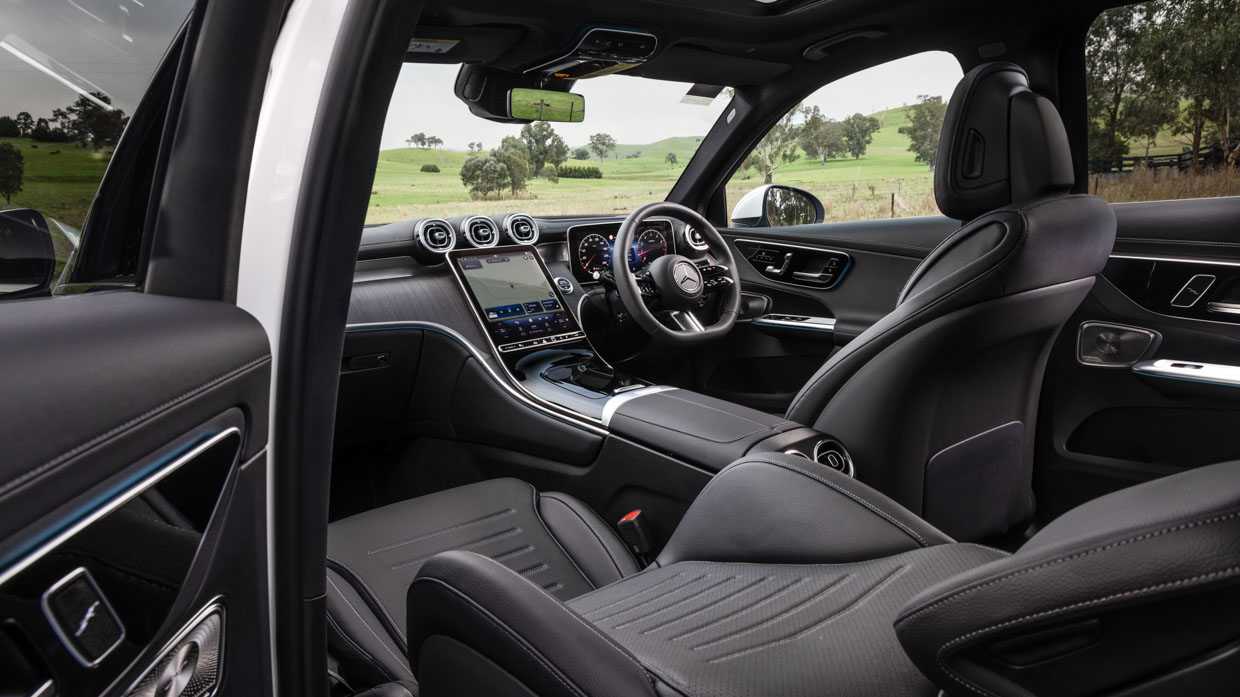
Otherwise, general standard 300 4Matic features include:
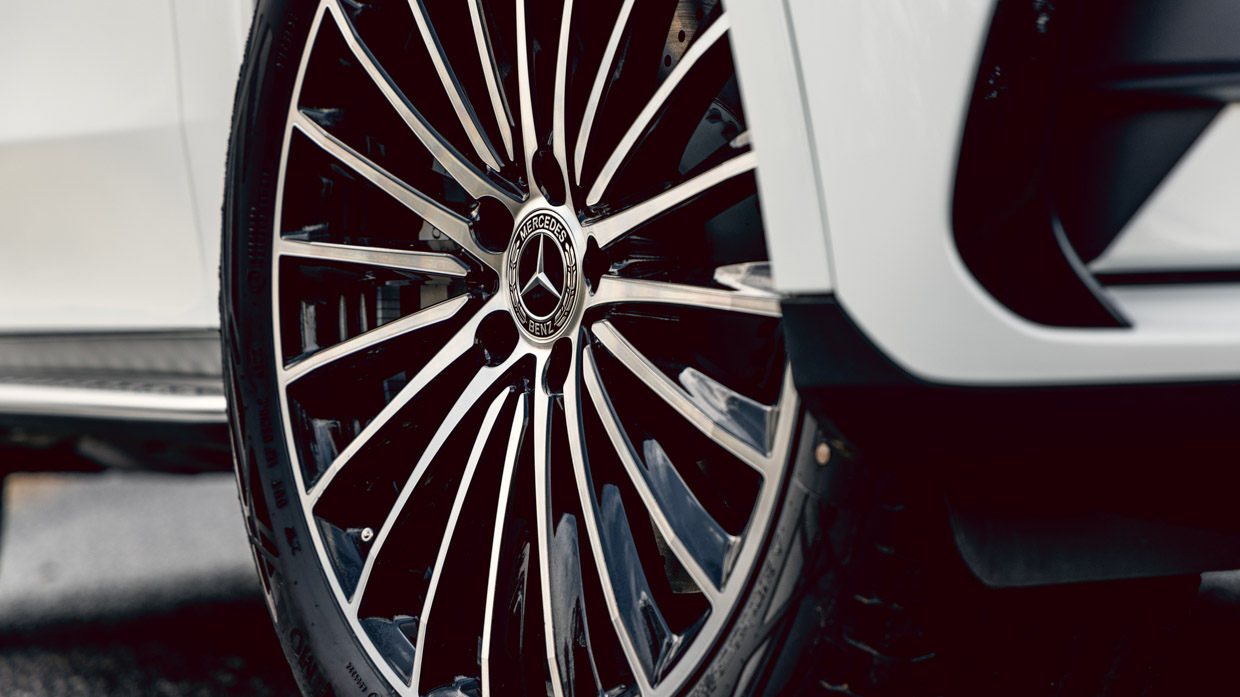
The sole ($6900) optional Plus Package includes:
Other options include:
Comfort passive suspension is standard. There’s no lowered/tauter ‘sport’ spec offered and no option for adaptive dampers nor air suspension optionally available.
The single chassis spec Mercedes-Benz Australia chose for GLC 300 4Matic makes sense on paper: the grippy AMG 20-inch rolling stock man owners opt into paired with passive comfort-spec suspension the ought to temper ride quality ideal for the manner in which most owners tend to drive.
With no other wheel/suspension option offered, it’s fair to expect a balance or, perhaps, some compromise. And that’s certainly the case for ride and handling that does shine well in some driving situations and not so brightly in others.
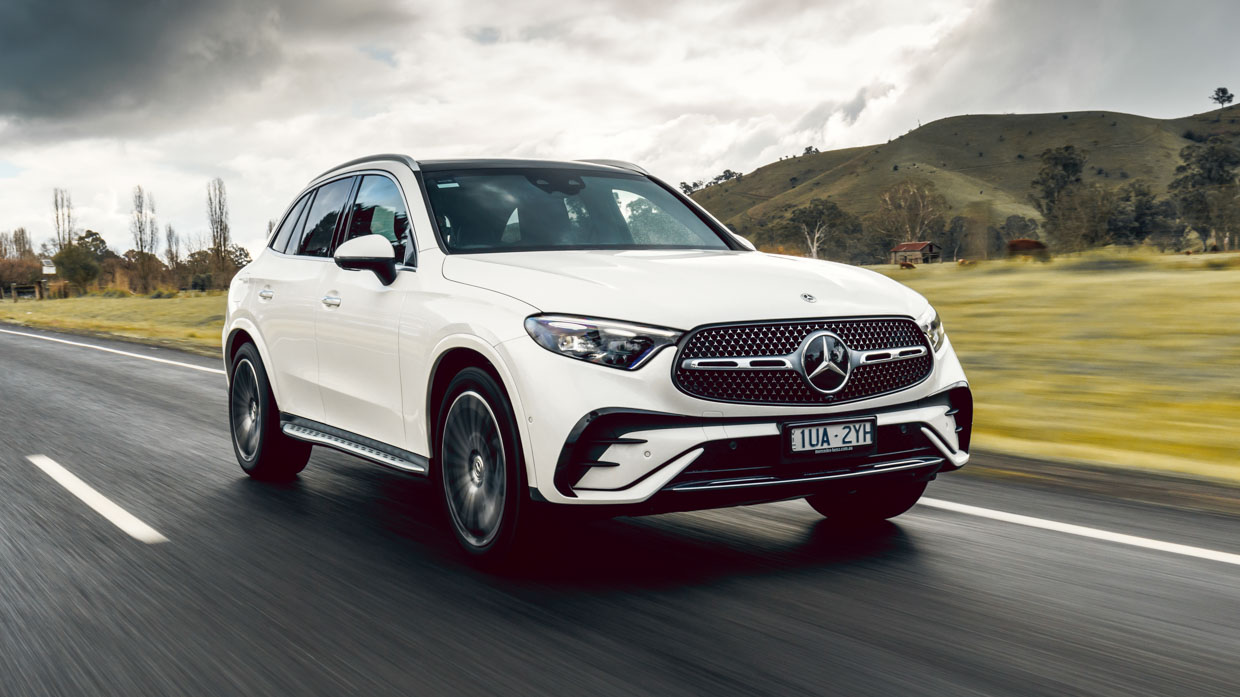
M-B SUVs can have a tendency to ‘wobble’ about at low speed, regardless of whether their steel or air sprung. There’s a touch of excessive pitch and yaw at low speed where the chassis tosses about a little too much, resulting in an unsettled nature.
There are certainly shades of that in GLC around town. It’s not overly pronounced nor necessarily intrusive, though it is noticeable. There’s also a slight aloofness to the midsize SUVs nature, though for many owner tastes this will be quite appealing. But the net result of the big wheel/soft suspension blend is that it lacks a little in body control finesse.
But crawl out of the urban grind and get some motion under its low-profile wheels and the GLC’s manner becomes measurably more satisfying.
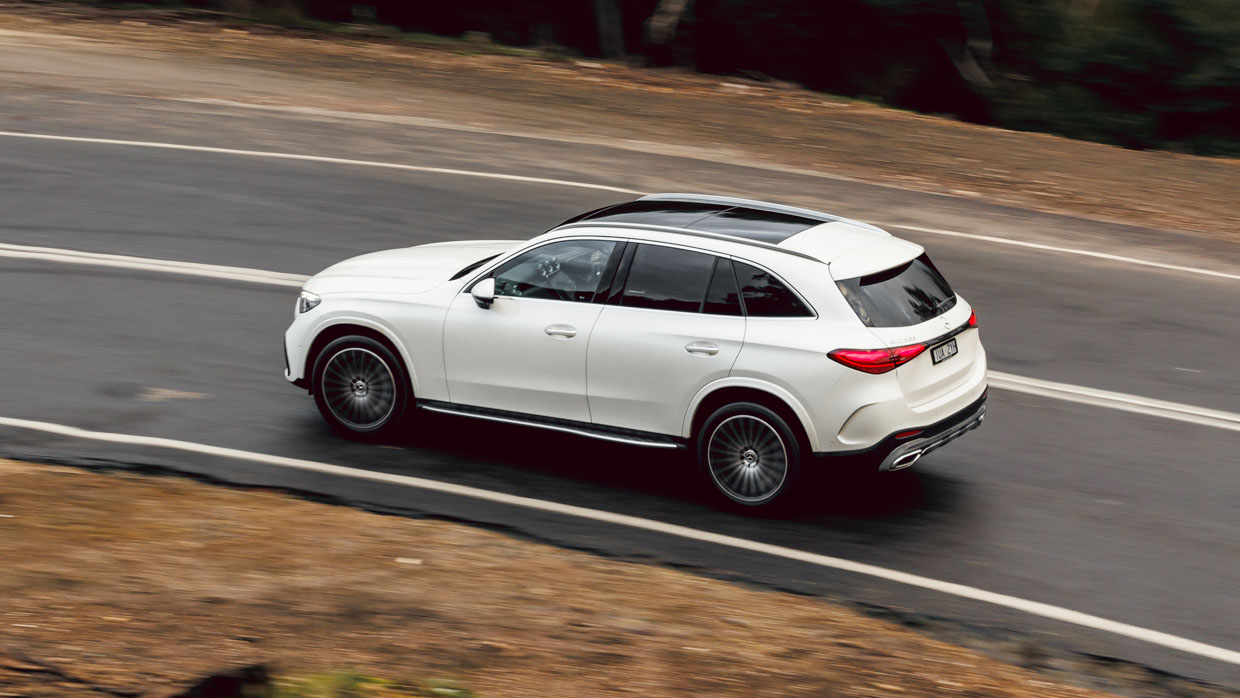
Get the suspension muscles working and the GLC returns impressive compliance and disciplined wheel control, smothering the road acne with aplomb save for ferocious pothole than do return an unruly thud.
It becomes more planted and settled, especially on the highway, where adaptive cruise integrates one of the best lane-keeping self-steering features in the biz.
Funnily enough, the GLC 300 4Matic really starts to shine when you show it a twisty and undulating backroad. Lean into it in the corners and the chassis really comes alive, properly flexing its dynamic muscles and returning keen accuracy, and not to the detriment of the fine compliance the SUV demonstrates in most other environments.
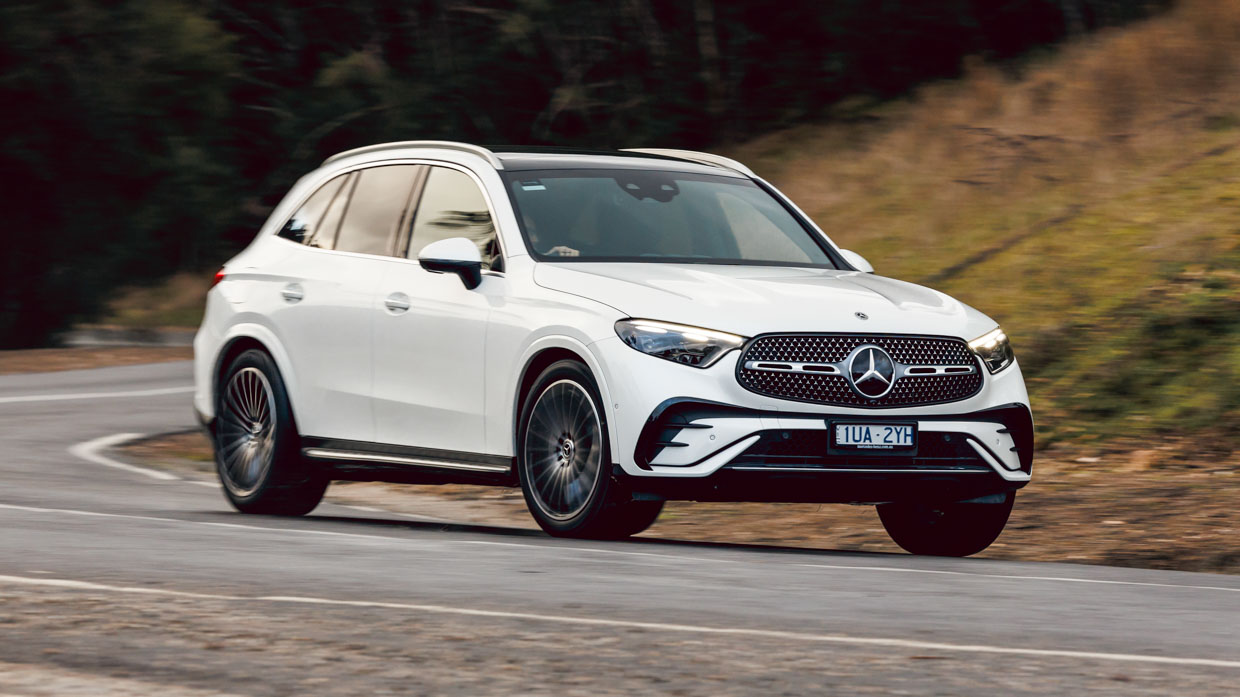
The same goes for the steering. What feels a bit lifeless and inert when commuting at low speeds becomes clearer and more direct when you turn up the pace.
It’s quite crisp in the front end and drives nicely from the rear where a little more of the torque bias is channeled, the chassis balance neatly avoiding the ponderous understeer-y nature suffered by many SUVs.
Engineers did a fine job transforming the current C-Class into a properly engaging mainstream driver’s car and there’s certainly more than a few shades of the sedan’s character and confidence in its new midsize SUV stablemate that shares a common MRA2 platform.
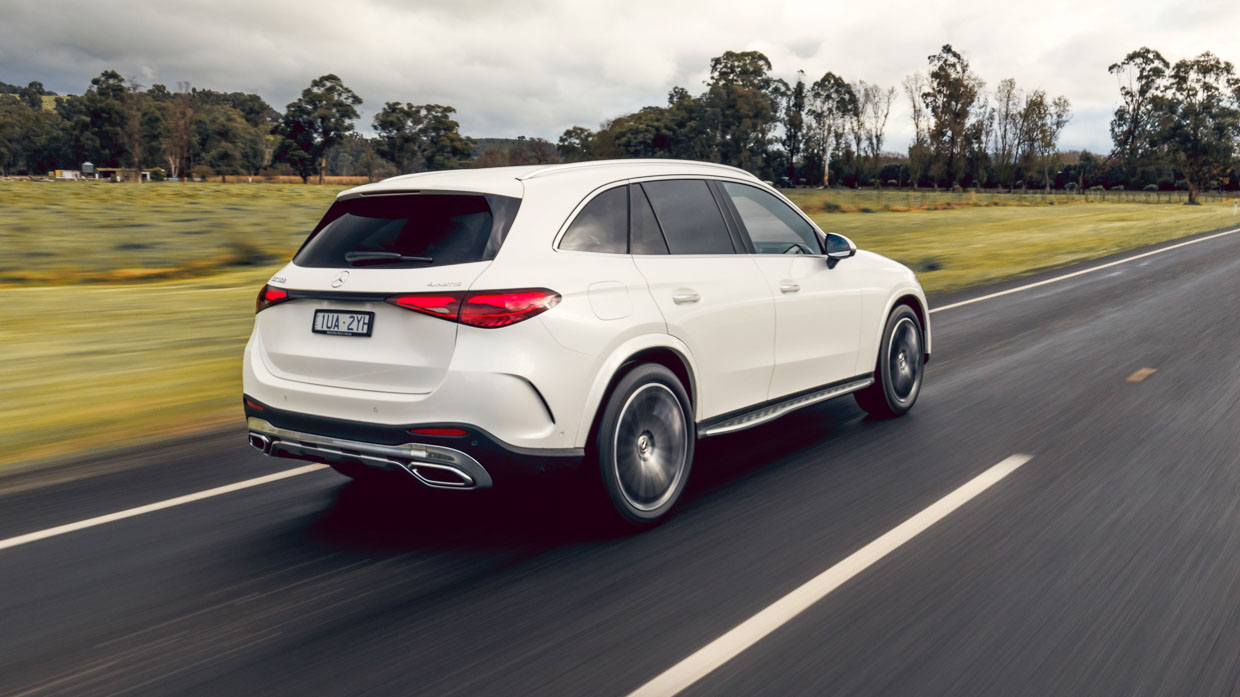
It’s in this forum, with the pace dialled up nicely, that the mild hybrid powertrain sits comfortably in its sweet spot. The turbo petrol four’s 190kW and 400Nm feels willing, the 200Nm of ISG ‘boost’ fattens the midrange and harness satisfying thrust and on the march it does feel as swift as its 6.2-second 0-100km/h claim suggests.
Aiding the performance-tinged character is the slick upshifts of the nine-speed auto that does work very nicely with the aforementioned rear-biased torque delivery. It all makes for quite fluid drive and a reactive if pleasingly neutral corner carver.
Unfortunately, the powertrain does get ruffled around the edges around town. Off the mark and in stop-start traffic, throttle response gets slightly tardy and the powertrain is prone to minor nips and nudges.
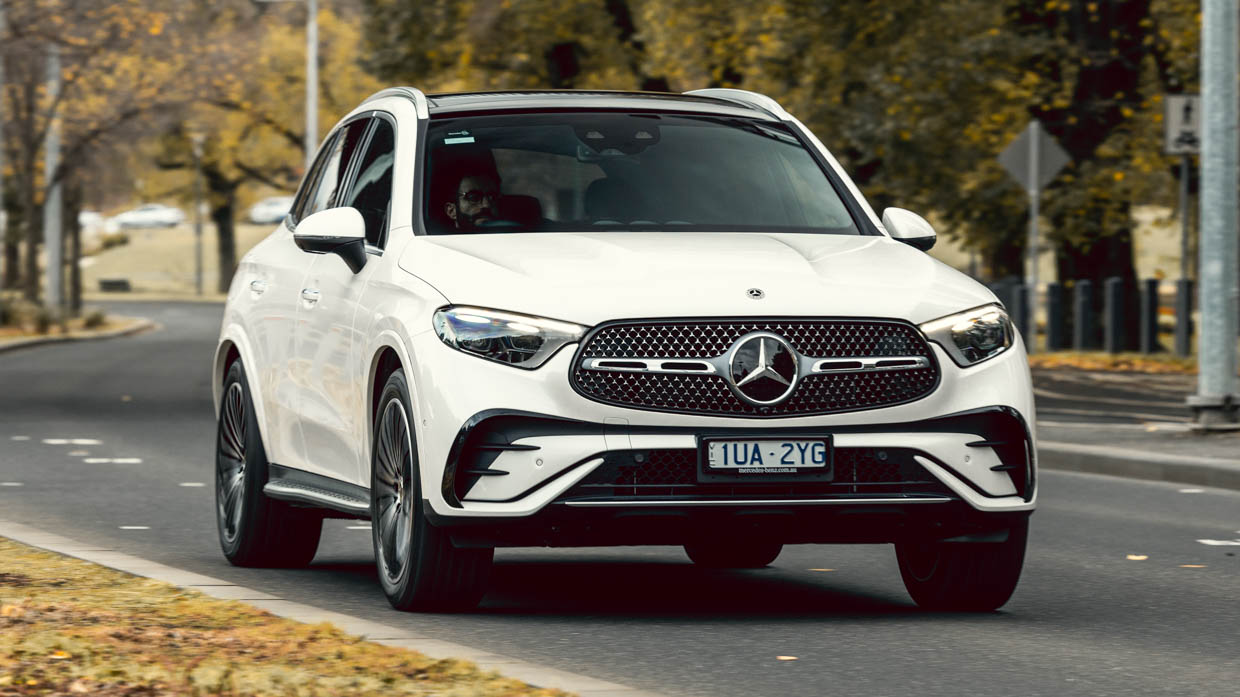
Perhaps it’s due to finer fuel saving manners in low-speed calibration, or perhaps the interaction between internal combustion and the electric ISG trickery.
Whatever the case, it could be smoother when tasked with the sort of driving conditions most SUVs tend to dwell in most of the time.
The simple scenario is that Mercedes-Benz has transplanted the current C-Class interior design into the related GLC SUV.
But the net effect is much more elaborate and dramatic because the carmaker has evolved its design language – and the tech that underpins it – so comprehensively since gen-one GLC arrived eight years ago.
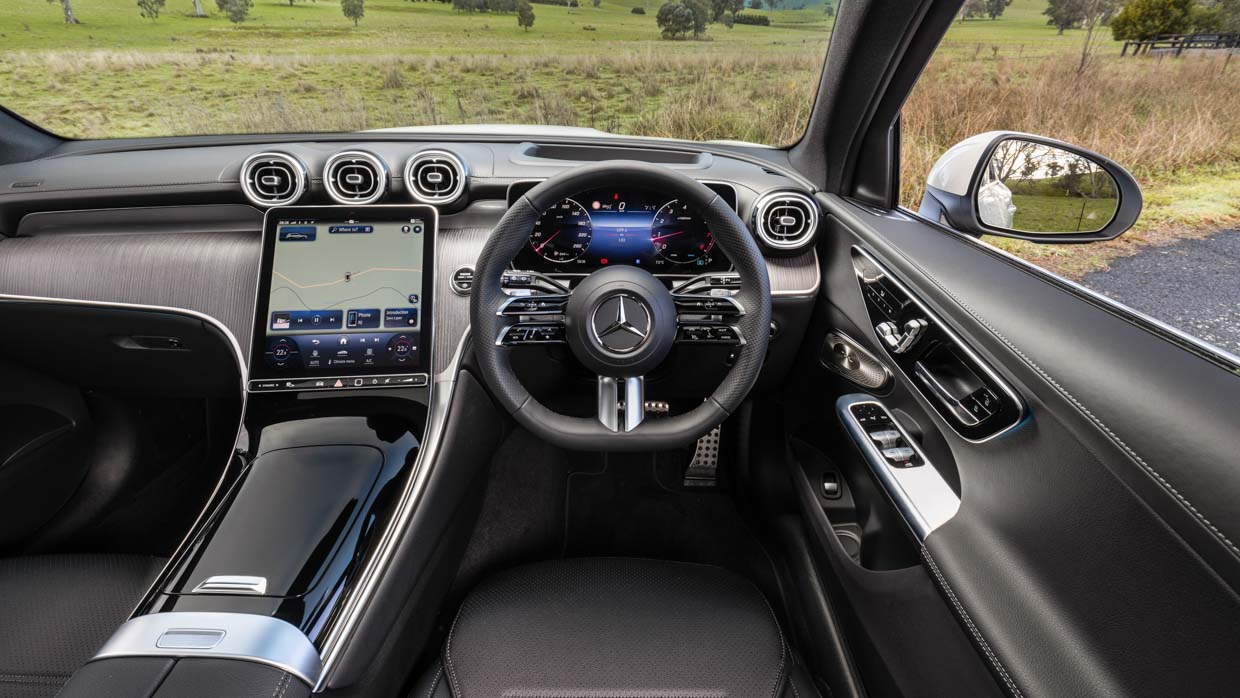
While the old GLC aged gracefully, this appears a complete rethink, even if closer inspection reveals much commonality between generations.
Most conspicuously, the old version featured a curved binnacle, inset instrumentation, a floating media screen atop the horizontal dash fascia and large circular air vents positioned lower in the central stack, between the infotainment screen and arrays of physical HVAC switches.
While the T-shaped theme remains, now the dash is flat topped, the driver’s screen floats, and a huge glass touchscreen sits tilted inside a massive housing sat a couple of centimetres proud of what appears to be a large expanse of woodgrain because, well, it is the real stuff.
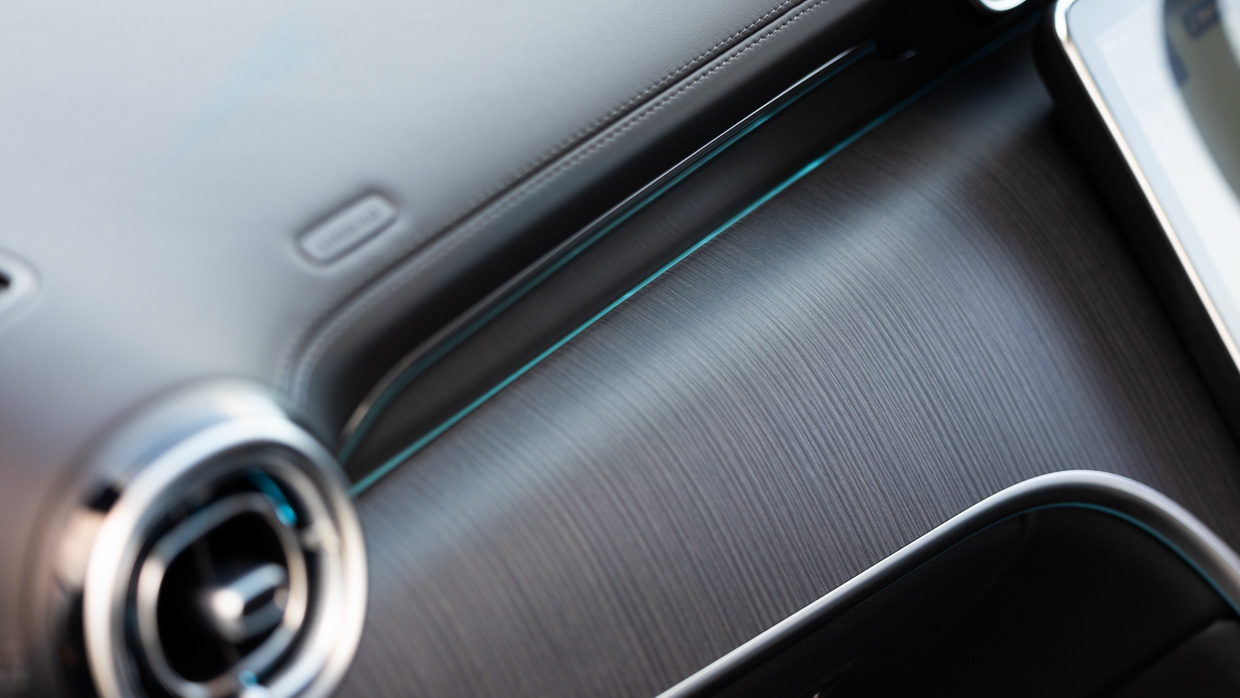
The whole metal-and-glass-suspended-above-wood theme continues through the door trims and has the aura of expensive European furniture. Very nice indeed.
Highlights include high-set ovaloid air vents, Benz’s new-look wheel with ‘dragonfly wing’ spokes and some of most tastefully integrated mood lighting that really brings punch to the otherwise minimalist theme. Much of it has migrated from C-Class and works an absolute treat here in the GLC.
The whole cabin is minted in AMG Line aesthetics and the standard fit panoramic roof and hard-up display bring both an upmarket flash and a nice airy ambience.
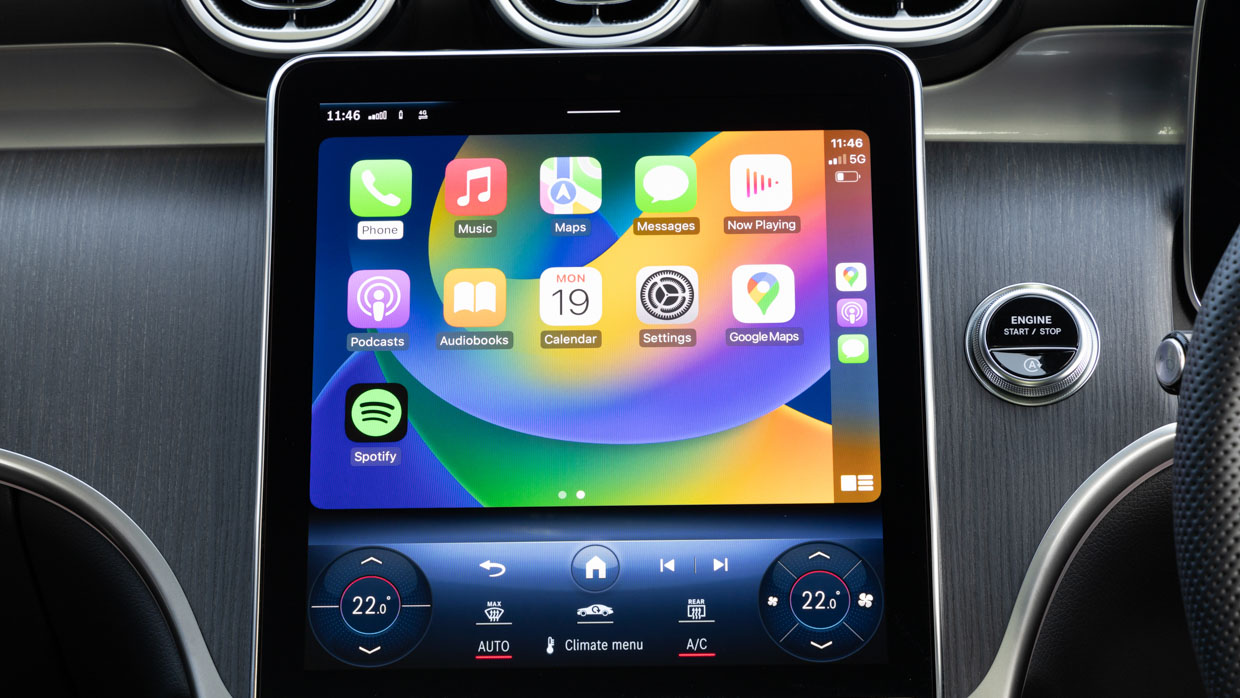
Add the MBUX media fanfare and GLC 300 now feels like a markedly more expensive place to be because, well, it’s a much pricier proposition.
Arguably the big downside to this is that you get what you get – you can’t omit features and given so much of the current fitout was formerly optional you can’t reduce the outlay the flamboyance of the theme to taste. You can, however, choose between three different colour schemes at no added cost.
Take the seats. They’re shapely, have a huge amount of lateral support and tend to – like so many AMG-ish pews do – jam your elbows into the thick side bolsters a little too often. In gen-two, though, there’s no option for a more relaxed, more elbow-friendly ‘comfort’ seat contour.
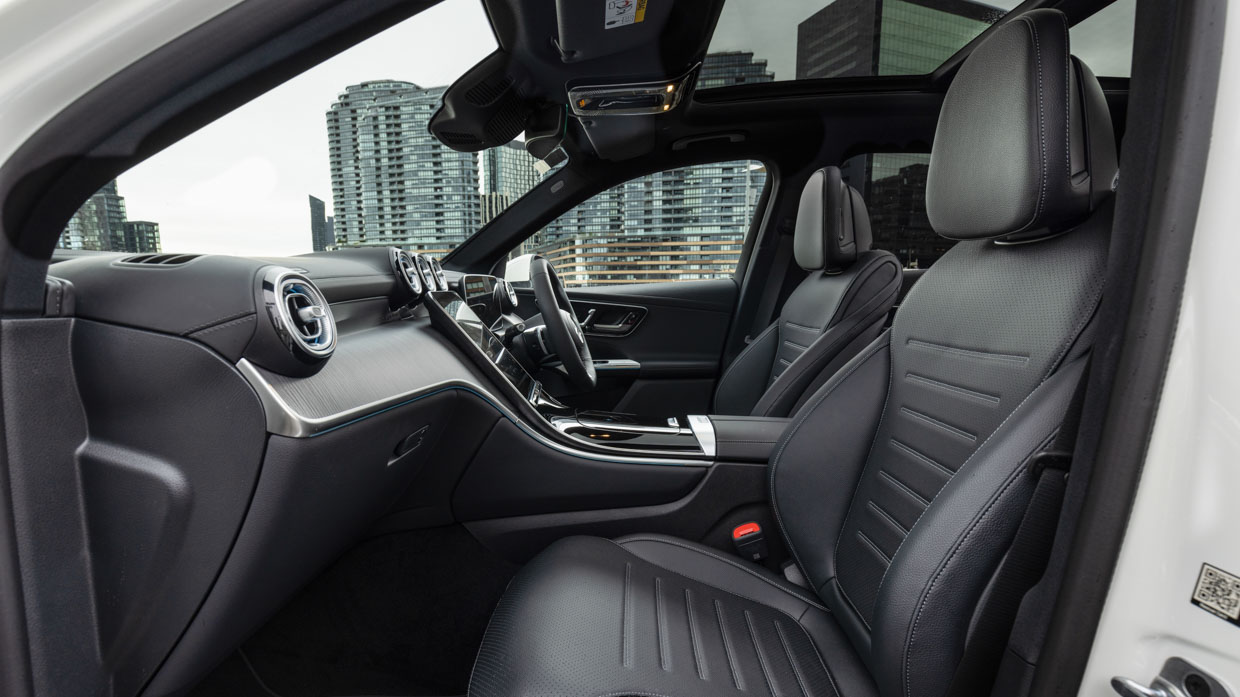
The wheel is very fancy though the rocker-type controls mixed with swipe functionality are quite a polarising affair and not to your reviewer’s taste at all.
The same goes for MBUX media. It’s slick, fast, crisp, comprehensively fitted out and, you sense, all powerful. But it really does demand a steep learning curve to negotiate its menu system and to swap between features and settings quickly and with minimal distraction.
Yes, of course, you “get used to it” though its confronting nature simply won’t be to the preference of owners who things simple.
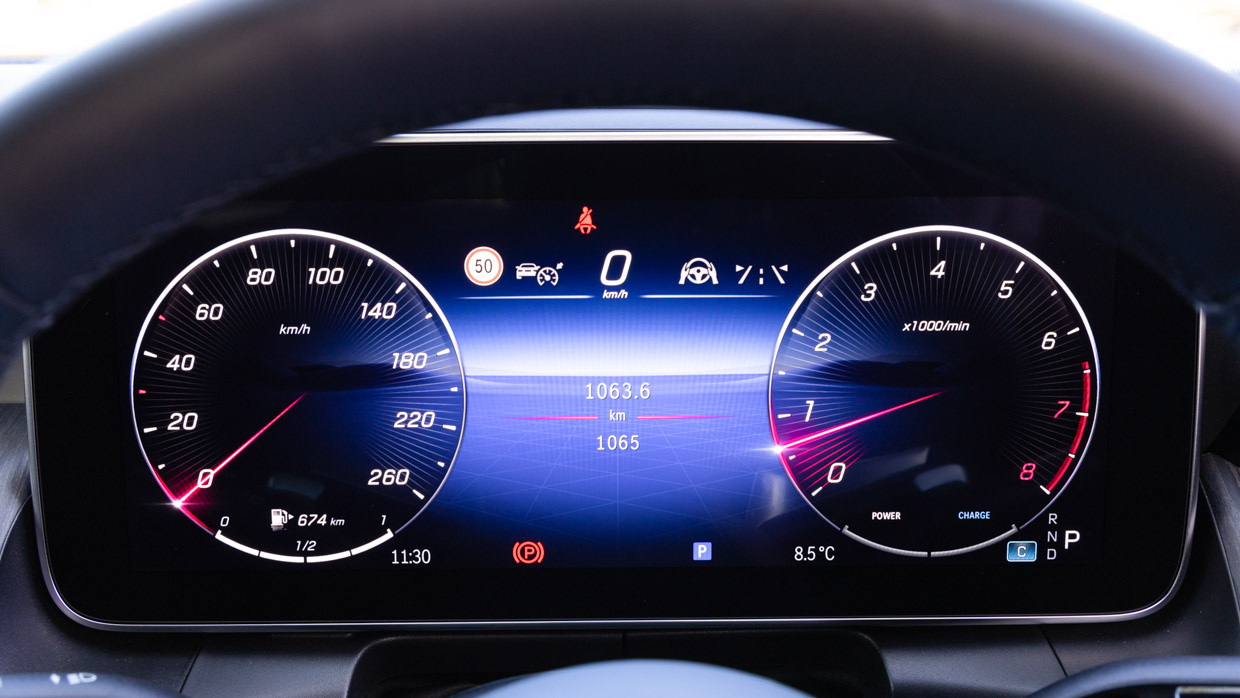
Designers have introduced just enough physical shortcut functionality in a small strip of physical control just below the touchscreen, but even then there’s a complete absence of quick-fix dials and much digging about required for sound system volume or cabin temperature adjustment.
In terms of party tricks, the so-called augmented reality is a neat one – overlaying a forward camera view with quasi-three-dimensional guidance advice – though I’ve sampled it now in various Benz models and rarely found it essentially beneficial.
The jury is out on the “transparent bonnet” that feeds footage of the road below the front wheels into the media screen – tech that’s apparently handy for viewing potential obstacles while off-roading…
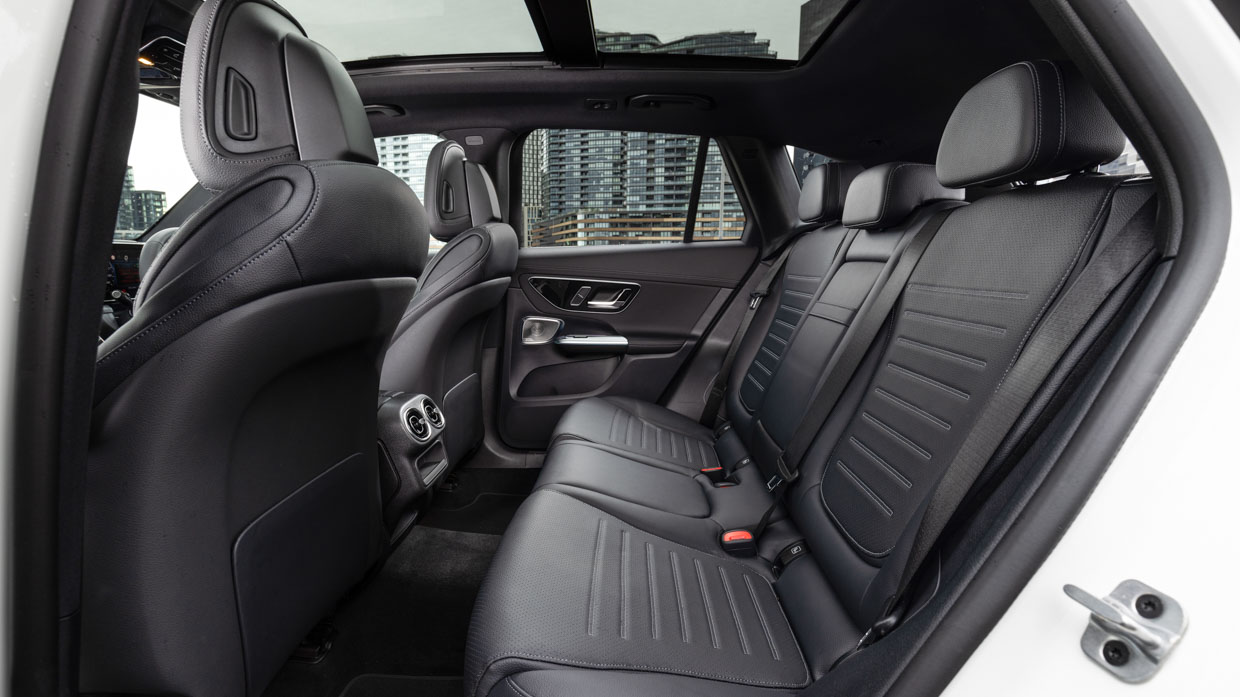
While 60mm longer than the old GLC, there’s only an added 15mm of wheelbase and, perhaps surprisingly, no real sense of added room in the second of an SUV that was pretty decent (if segment middling) to begin with in its former generation.
In fact, by Benz’s own tape measure, the most benefit in rear passenger space is just six millimetres of rear elbow room. Mostly, the GLC is no roomier for passengers in its new form.
That’s no foul. The seats are wonderfully shapely in the outboard positions, knee and head room is ample and there’s very little evidence of cost consciousness about the rear accommodation save for a lack of exposed USB device power (there are two USB-Cs in the front centre console).
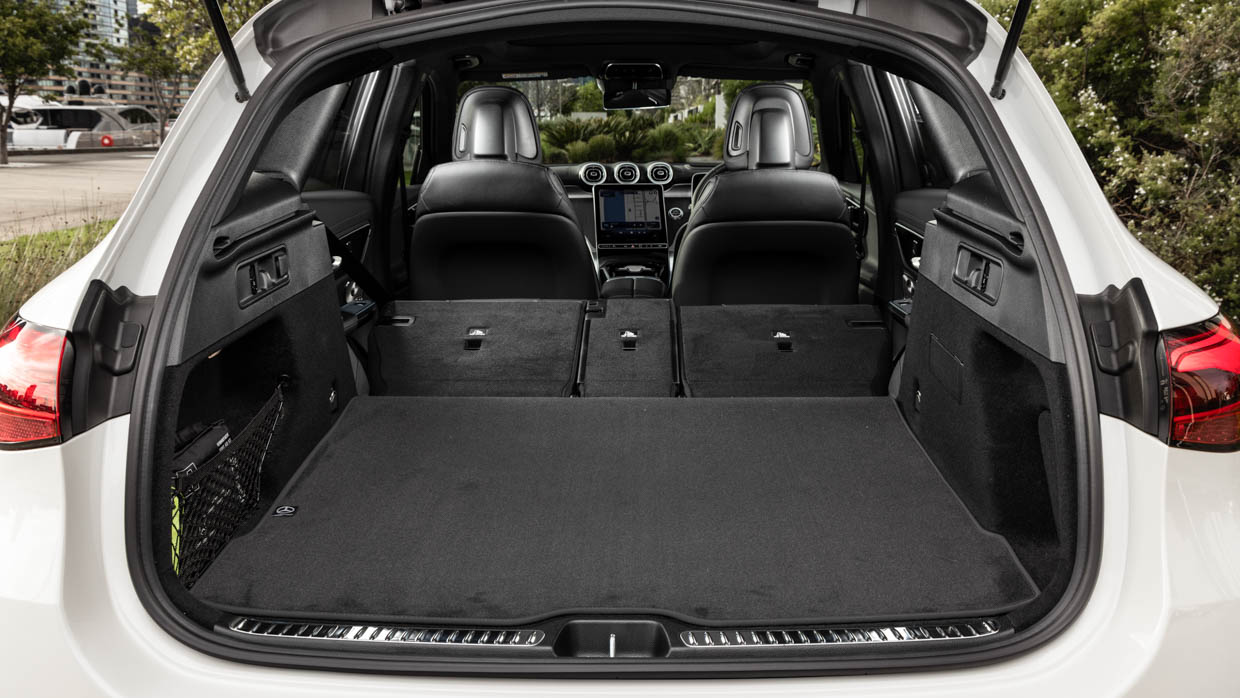
There’s no third-row climate control, either, though you do get air vents and a rather nifty cupholder/phone holder array hidden into the leading edge of the arm rest.
The GLC’s longer rear overhang – 33mm if you’re counting – does help contribute to the larger bootspace: 620 litres, or 50 litres up on the old wagon, thanks to a 74mm longer floor space. The GLC also offers 40:20:40 split-fold rear seatbacks that stow to create 1640 litres of load volume and a nice, flat load space.
This new-generation midsize SUV does fit a space-saver spare wheel.
The gen-two GLC scored a maximum five-star rating from ANCAP, date stamped from 2022.
The midsize SUV achieved 92 percent apiece for adult occupant and child occupant protection, 74 percent for vulnerable road user protection and 84 percent for safety assist.
As standard, the GLC 300 4Matic fits the Driving Assistance Plus Package that incorporates all-speed forward AEB with stop and go, forward junction assist, reversing AEB, cross traffic, and a gamut of lane departure avoidance, lane keeping and lane changing assistance.
Mercedes-Benz claims that combined consumption for the GLC 300 Matic is 7.7L/100km, if using an NEDC measure rather than the more accurate WLTP.
During the model’s local launch, Chasing Cars observed figures in the mid-eights across a trip that was mostly extra-urban, so a bit thirstier than expected. Premium fuel is required for the mild hybrid drive system.
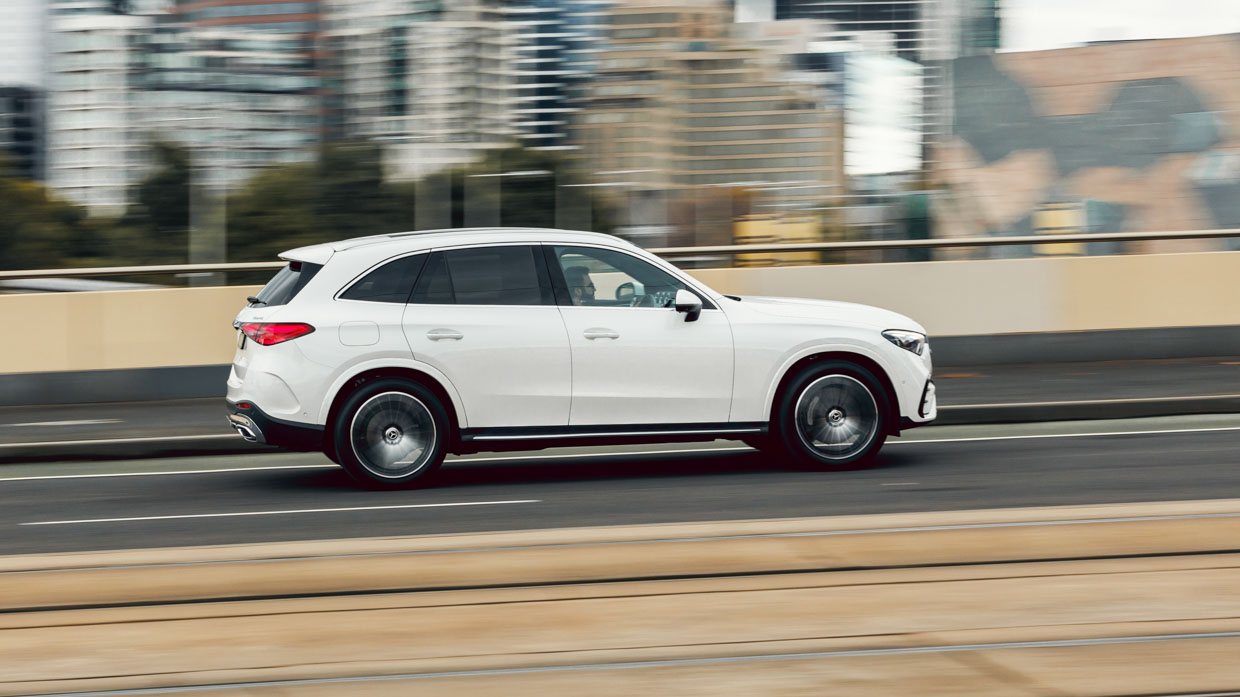
Mercedes-Benz offers three-, four- and five-year servicing plans at $3200, $4250 and $6500 respectively.
While the outlay over time is quite pricey, it’s worth considering that servicing intervals are the usual 12 months if 25,000km between visits. If you do clock up a lot of kilometres annually the servicing pricing does become more palatable.
Warranty is a typical five years of unlimited-kilometre coverage.
In giving traditional GLC buyers – at least a fair swathe of buyers – a single trim level amalgamating their broader specification wants does, ironically, buck one key drawcard that has long drawn buyers to the Mercedes-Benz brand: choice.
And while there are myriad benefits to the importer and customer alike in lobbing a sole 300 4Matic spec, the consolidation at play that presents a seemingly slim degree of personalisation – for this or any Mercedes-Benz model – will surely rub traditionalists the wrong way.
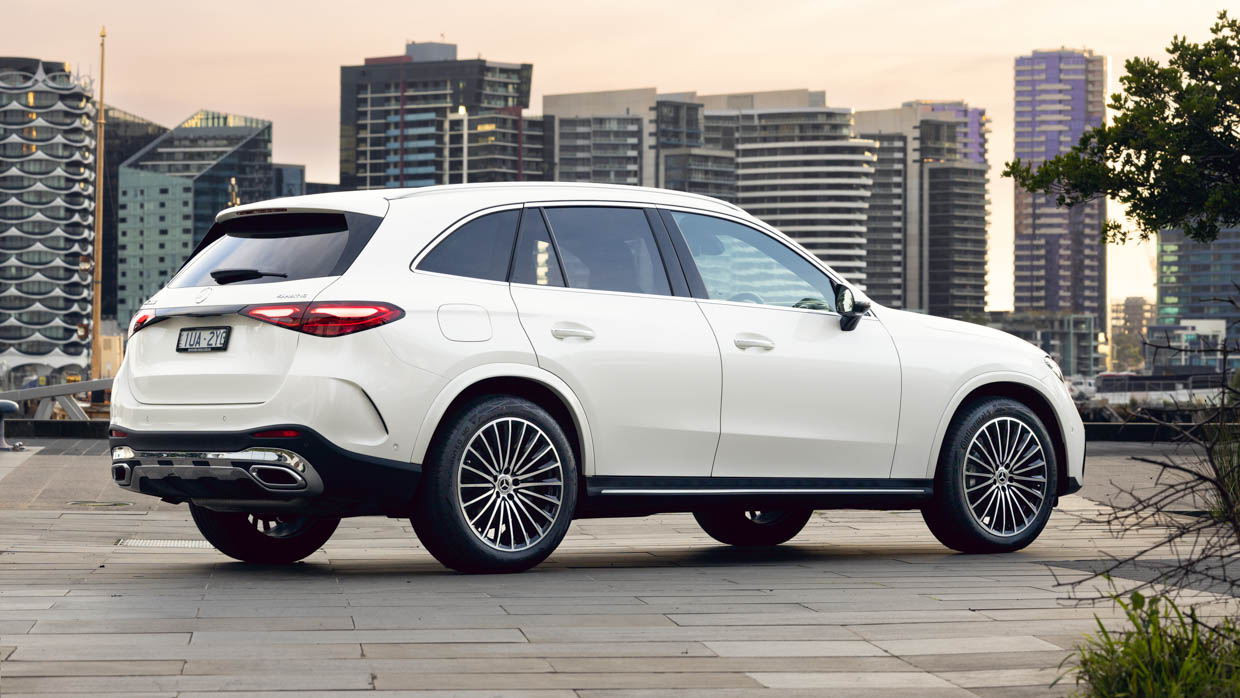
But it is the sign of different times for the premium German marque. The internal combustion-based models will inevitably lean harder towards existing loyalists, while the highly electrified EQ machinery treads fresher waters and will tend to draw more brand newcomers.
The new GLC tracks along the same path as the C-Class before it and, now, A-Class behind it: ditch the unpopular variants, up the tech and glamour to maintain a premium stature amongst segment competitors, and charge a loftier entry price of admission. (What’s the bet that days might be numbers for the likes of the comparatively unpopular C200 sedan…?)
But while there’s technically no choice, per say, in this new X254 GLC generation for now – until Coupe arrives late 2023 and the AMGs lob in 2024 – the single spec is an appealing one.
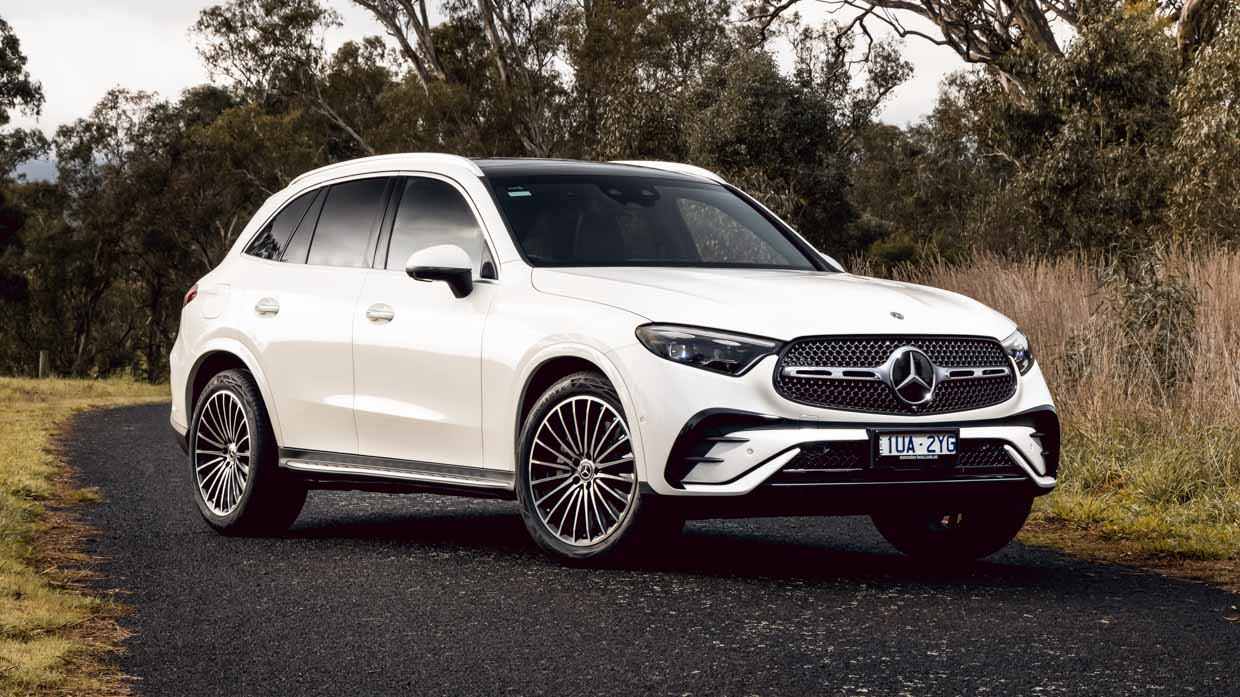
Yes, it’s now much pricier to get into the midsize SUV range, but this elevated want-for-little-spec is, for the most part, on the good money it asks for.
The GLC has also lifted its game in driver engagement and driving enjoyment once you dig in, which for this reviewer is less of a surprise and delight bonus and more of a core improvement to the breed.
Even in what looks likely to be the least sporting variant as the GLC lineup bolsters itself up in the coming years.
Key specs (as tested)
About Chasing cars
Chasing Cars reviews are 100% independent.
Because we are powered by Budget Direct Insurance, we don’t receive advertising or sales revenue from car manufacturers.
We’re truly independent – giving you Australia’s best car reviews.
The estimate provided does not take into account your personal circumstances but is intended to give a general indication of the cost of insurance, in order to obtain a complete quote, please visit www.budgetdirect.com.au. Estimate includes 15%^ online discount.
^Conditions Apply
Budget Direct Insurance arranged by Auto & General Services Pty Ltd ACN 003 617 909(AGS) AFSL 241 411, for and on behalf of the insurer, Auto & General Insurance Company Limited(ABN 42 111 586 353, AFSL 285 571).Because we don’t know your financial needs, we can’t advise you if this insurance will suit you. You should consider your needs and the Product Disclosure Statement before making a decision to buy insurance. Terms and conditions apply.
Indicative quote based on assumptions including postcode , 40 year old male with no offences, licence suspensions or claims in the last 5 years, a NCD Rating 1 and no younger drivers listed. White car, driven up to 10,000kms a year, unfinanced, with no modifications, factory options and/or non-standard accessories, private use only and garaged at night.
^Online Discounts Terms & Conditions
1. Discounts apply to the premium paid for a new Budget Direct Gold Comprehensive Car Insurance, Third Party Property Only or Third Party Property, Fire & Theft Insurance policy initiated online on or after 29 March 2017. Discounts do not apply to optional Roadside Assistance.
2. Discounts do not apply to any renewal offer of insurance.
3. Discounts only apply to the insurance portion of the premium. Discounts are applied before government charges, taxes, levies and fees, including instalment processing fees (as applicable). The full extent of discounts may therefore be impacted.
4. We reserve the right to change the offer without notice.